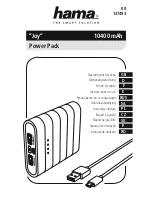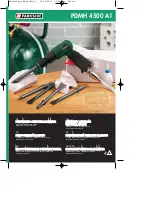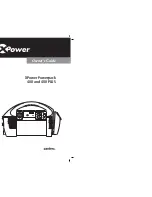
Installation manual
Installation instructions
17
Figure 8 - Earthing system
Note:
A protective earth connection ensures that all exposed conductive surfaces are at the same electrical
potential as the earth surface, in order to avoid the risk of electrical shock if a person touches a device
in which an insulation fault has occurred. In the event of an insulation fault, a protective earth
connection will generate a high fault current which in turn will trigger an overcurrent protection device
(fuse) and disconnect the power supply.
5. Ensure that low-current safety or signal lines DO NOT come into contact with points with potentially
dangerous currents.
Using a plastic cable tie, bunch the wires together and secure them to one of the wire hooks on the
backplate of the enclosure [F].
Note:
The connection wires (to the mains supply and also any other wires inside the SmartLoop enclosure)
must be secured to the cable hooks on the backplate by means of plastic cable ties. Use cable with
double isolation for the connection to the electrical mains.
6. Insert the two 12V batteries and connect them to the power supply module (Figure 6 - Switching power
supply, [C]).
5.3
Connecting the batteries
The enclosure provides housing for two 12V lead batteries: 7 Ah for the SPS24060S model and 17 Ah for
the SPS24160S model. The two batteries must be connected in series, in such way as to provide a 24V
current.
Using the battery connection wire, connect the two batteries together then connect the batteries to the
power-supply module using the respective wire (included).
1. Connect the connection wire [A] to the two batteries.
2. Connect the wire [B] to the batteries.
Attention:
Be sure that cable polarity is correct.
3. Connect the terminal [C] of the battery wire to the proper connector of the power-supply unit (Figure 6
- Switching power supply, [C]).
Attention:
Be sure that connector polarity is correct.
C
SPS24060S
station
E
A
B
D
F
SPS24160S
station
E
A
B
D
F
C








































